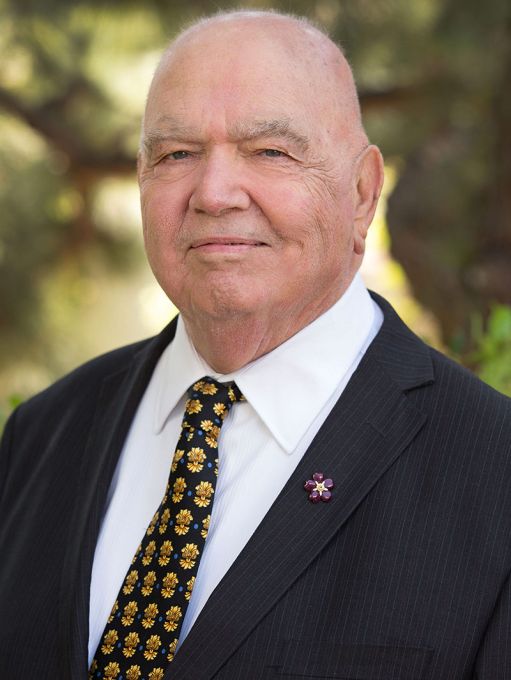
Richard Hovanissian
Published:
Combating Denial with Scholarship
In 1969, Professor Richard Hovanissian started requiring students in his UCLA seminar course to record and transcribe interviews with survivors of the Armenian Genocide. Over the course of the next 50 years, his students assembled a massive library of more than 1,000 interviews, a universe of experiences that is one of the largest collections of Armenian testimonies in the world. This year, Hovanissian donated the collection to the USC Shoah Foundation, joining the testimonies in his collection to the hundreds collected by Dr. Michael Hagopian of the Armenian Film Foundation.
As a historian and a second generation survivor, Hovanissian believes deeply in the power of testimony as a tool to educate, combat denial, and communicate the magnitude of a Genocide that killed an estimated 1.5 million Armenians. “A million and a half can roll right over our shoulders,” he says. “But it’s different when you take those individual interviews and start listening to them. And then it becomes a million and a half and the loss of a civilization, of a way of life, a space where people lived for more than 3,000 years. And everything that space contained.”
Hovanissian has lived in that space his entire professional life. As a Professor of Armenian History at UCLA, Hovanissian was one of the founders of Armenian Studies as a discipline, producing countless articles and books that are considered foundational and training dozens of scholars who went on to be experts in the study of ancient and modern Armenia.
It’s an interest that came from his family history. Hovanissian was born to a large and thriving Armenian-American family in California’s Central Valley. He grew up hearing stories about the Genocide, told and retold on porches and at family gatherings in ways that today seem to him a kind of coping mechanism, a kind of therapy. Those stories have stuck with him to this day. “When I think about it, what my father went through, what many other members of my family went through, it’s unimaginable,” Hovanissian says.
Today, more than a century removed from the Genocide, Hovanissian is hopeful that the more than 1,000 interviews with survivors in the collection will be powerful forces to inform and inspire in classrooms around the world. Together with the existing Armenian testimonies in the VHA, he hopes that they will make the VHA an essential tool for Armenian Genocide education. It’s something that he says he couldn’t have imagined 49 years ago, when his undergraduate student interviewers started filming. “I wasn’t sure what was going to happen,” he says. “I just knew it was important to gather.”